Are you curious about the soul-stirring sounds of Vietnam’s ethnic music? SIXT.VN unveils the captivating world of traditional musical instruments used by ethnic groups in Son La, Vietnam, including flutes and drums. We provide travel guidance, ensuring you experience the rich cultural heritage firsthand. With SIXT.VN, you’ll unlock Vietnam’s music scene alongside convenient tourist services and cultural immersion.
1. What Makes the Traditional Music of Son La Unique?
The traditional music of Son La is unique due to its deep connection with the cultural identities of the various ethnic groups residing in the province. Each group has its own distinct musical traditions, instruments, and performance styles, creating a diverse and vibrant soundscape. The music often reflects the daily lives, rituals, and beliefs of the people, making it an integral part of their cultural heritage.
Son La’s traditional music is not merely entertainment but a living archive of history, customs, and communal values. The melodies and rhythms convey stories passed down through generations, reflecting the natural environment, agricultural practices, and spiritual beliefs of the local communities. This music serves as a vital link between the past and the present, preserving cultural identity in the face of modernization.
1.1. Ethnic Diversity and Musical Variation
Son La province is home to a variety of ethnic groups, each with its unique musical heritage. Among the most prominent are the Thai, H’Mong, Kinh, Muong, and Dao. Each of these groups has developed its own distinct musical styles and instruments, contributing to the region’s rich cultural tapestry.
-
Thai: The Thai people, who make up a significant portion of Son La’s population, are known for their elegant and melodic music. Their performances often feature stringed instruments like the tinh tau (a type of lute) and wind instruments such as the pi (a reed pipe). Thai music is frequently performed during festivals, weddings, and other important social events.
-
H’Mong: The H’Mong are known for their energetic and rhythmic music, often played on instruments like the khen (a bamboo mouth organ). H’Mong music is often performed during New Year celebrations and other communal gatherings, and it plays an important role in courtship rituals.
-
Kinh: The Kinh people, the majority ethnic group in Vietnam, also have a presence in Son La. Their music traditions include a variety of folk songs and instrumental pieces, often performed on instruments like the dan bau (a monochord zither) and the dan nhi (a two-stringed fiddle).
-
Muong: The Muong people have a rich musical heritage that includes epic poems, ritual songs, and instrumental performances. Their music often features gongs, drums, and other percussion instruments, creating a powerful and resonant sound.
-
Dao: The Dao people are known for their vibrant and colorful music, which often accompanies their traditional dances and rituals. Their instruments include various types of flutes, drums, and stringed instruments.
1.2. The Role of Music in Everyday Life
In Son La, traditional music is woven into the fabric of daily life. It is not confined to formal performances or special occasions but is an integral part of everyday activities. Music accompanies farming, fishing, and other work, providing rhythm and motivation. It is also used in healing ceremonies, religious rituals, and social gatherings, reinforcing communal bonds and preserving cultural traditions.
-
Festivals and Celebrations: Music is central to festivals and celebrations in Son La. During these events, communities come together to perform traditional songs and dances, showcasing their cultural heritage and strengthening social ties. For example, the Thai people’s Xen Muong festival features elaborate musical performances and traditional dances.
-
Rituals and Ceremonies: Many ethnic groups in Son La use music in their rituals and ceremonies. The H’Mong, for instance, employ music in their shamanistic healing practices, believing that the sounds can appease spirits and restore balance to the body and mind.
-
Social Gatherings: Music also plays a crucial role in social gatherings, such as weddings, funerals, and housewarmings. These events provide opportunities for people to come together, share stories, and celebrate their shared cultural heritage through music and dance.
1.3. Unique Characteristics of Son La’s Musical Instruments
The traditional musical instruments used by ethnic groups in Son La are unique in their construction, materials, and sound. Many of these instruments are handmade using locally sourced materials, reflecting the ingenuity and resourcefulness of the local communities.
-
Bamboo Instruments: Bamboo is a common material used in the construction of musical instruments in Son La. It is readily available and versatile, making it ideal for creating flutes, panpipes, and other wind instruments. The khen of the H’Mong is a prime example of a bamboo instrument that is both functional and aesthetically pleasing.
-
Wooden Instruments: Wood is another important material used in the construction of musical instruments in Son La. It is used to make drums, stringed instruments, and other percussion instruments. The tinh tau of the Thai people is often made from a single piece of wood, carefully carved and shaped to produce its distinctive sound.
-
Animal Skin Instruments: Animal skins are used to make the heads of drums and other percussion instruments in Son La. The skins are carefully stretched and dried to create a resonant surface that produces a rich, deep sound when struck.
-
Metal Instruments: Metal is used to make gongs, bells, and other percussion instruments in Son La. These instruments are often used in ritual and ceremonial contexts, their resonant tones believed to have spiritual power.
Understanding the diversity and significance of Son La’s traditional music is essential for appreciating its cultural richness. SIXT.VN aims to provide travelers with comprehensive information and convenient services to explore and experience this unique aspect of Vietnamese culture.
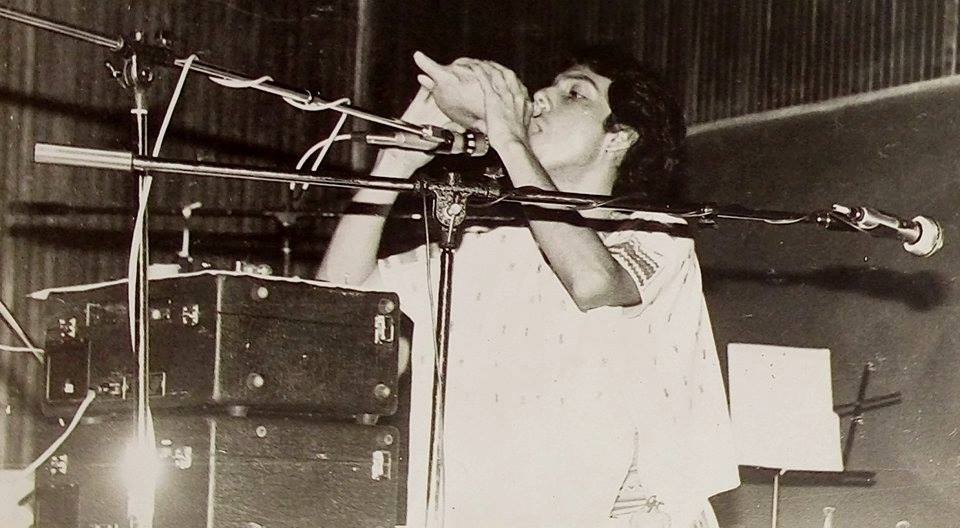 Musician plays a traditional instrument
Musician plays a traditional instrument
2. What Flutes Are Commonly Used?
Flutes hold a revered position among the traditional musical instruments of Son La’s ethnic groups, each type bearing unique cultural significance and playing a distinct role in their communities’ musical expressions. These flutes, crafted from various materials like bamboo and wood, produce enchanting melodies that resonate deeply with the cultural identity of the region.
Flutes are often featured in a variety of cultural performances, religious rituals, and social events, serving as a testament to the ethnic groups’ rich musical heritage. The captivating melodies they produce are deeply interwoven with the cultural heritage of Son La, enhancing the province’s unique cultural soundscape.
2.1. Types of Flutes and Their Characteristics
The diverse ethnic groups in Son La utilize a variety of flutes, each distinguished by its unique construction, sound, and cultural significance.
-
The Pí Tinh of the Thai People: The Pí Tinh, a reed flute of the Thai people, is known for its mellow, soothing tones. It is typically played during festivals and social gatherings, adding a touch of elegance to the celebrations. The Pí Tinh is often played in ensembles with other instruments, such as the tinh tau and drums, creating a rich and harmonious sound. The flute’s warm sound is meant to bring peace and harmony to the listener.
-
The Khen of the H’Mong People: Though primarily a mouth organ, the Khen of the H’Mong people incorporates flute-like pipes that produce a vibrant and lively sound. The instrument is central to H’Mong cultural life, often played during New Year celebrations, courtship rituals, and other important events. The Khen is not only a musical instrument but also a symbol of H’Mong identity and cultural pride.
-
The Sáo of the Kinh People: The Sáo, a bamboo flute of the Kinh people, is known for its bright, clear tone. The flute is commonly used in folk music performances and is often played solo or in ensembles with other instruments. The Sáo’s versatility makes it suitable for a variety of musical genres, from lively dance tunes to mournful ballads.
-
The Chía Pí of the Dao People: The Chía Pí, a flute of the Dao people, is crafted from bamboo and known for its distinct sound, often accompanying traditional dances and rituals. This flute is deeply embedded in Dao culture, playing a vital role in their spiritual and social practices. The flute’s melodic quality is said to invoke blessings and protection from ancestral spirits.
2.2. How Flutes Are Made
The craftsmanship of traditional flutes in Son La is a testament to the skill and artistry of the local communities. The flutes are typically handmade using locally sourced materials such as bamboo and wood, with each step of the process carefully executed to ensure the instrument’s quality and sound.
-
Material Selection: The first step in making a traditional flute is to select the right material. Bamboo is a popular choice for flutes in Son La due to its abundance and versatility. The bamboo must be of a certain age and thickness to produce the desired sound. Wood is also used, particularly for the tinh tau of the Thai people, which is often made from a single piece of wood.
-
Shaping and Carving: Once the material is selected, it is carefully shaped and carved to create the flute’s body. This process requires precision and skill, as the dimensions of the flute directly affect its sound. The maker uses a variety of tools, such as knives, chisels, and files, to create the desired shape.
-
Drilling and Tuning: After the flute’s body is shaped, holes are drilled into it to create the different notes. The placement and size of these holes are critical to the flute’s tuning. The maker uses a variety of techniques to ensure that the holes are accurately placed and that the flute is properly tuned.
-
Finishing and Decoration: The final step in making a traditional flute is to finish and decorate it. This may involve sanding the flute to make it smooth, applying a protective coating, or adding decorative elements such as carvings or paintings. The finishing touches are important for both the flute’s appearance and its sound.
2.3. The Cultural Significance of Flutes
Flutes are more than just musical instruments in Son La; they are cultural symbols that embody the values, beliefs, and traditions of the local communities.
-
Symbol of Identity: Flutes often serve as a symbol of ethnic identity, distinguishing one group from another. The Khen of the H’Mong people, for example, is a distinctive instrument that is closely associated with their cultural heritage.
-
Ritual and Ceremony: Flutes are frequently used in rituals and ceremonies, believed to have the power to communicate with spirits and invoke blessings. The Chía Pí of the Dao people, for instance, is often played during religious ceremonies to honor ancestors and seek their guidance.
-
Social Cohesion: Flutes play a role in promoting social cohesion, bringing people together to celebrate their shared cultural heritage. Festivals and social gatherings often feature flute performances, reinforcing communal bonds and fostering a sense of belonging.
Exploring the enchanting melodies of flutes in Son La offers a glimpse into the rich cultural heritage of Vietnam’s ethnic groups. SIXT.VN provides travelers with the means to immerse themselves in these musical traditions, offering convenient services and expert guidance to enhance their experience.
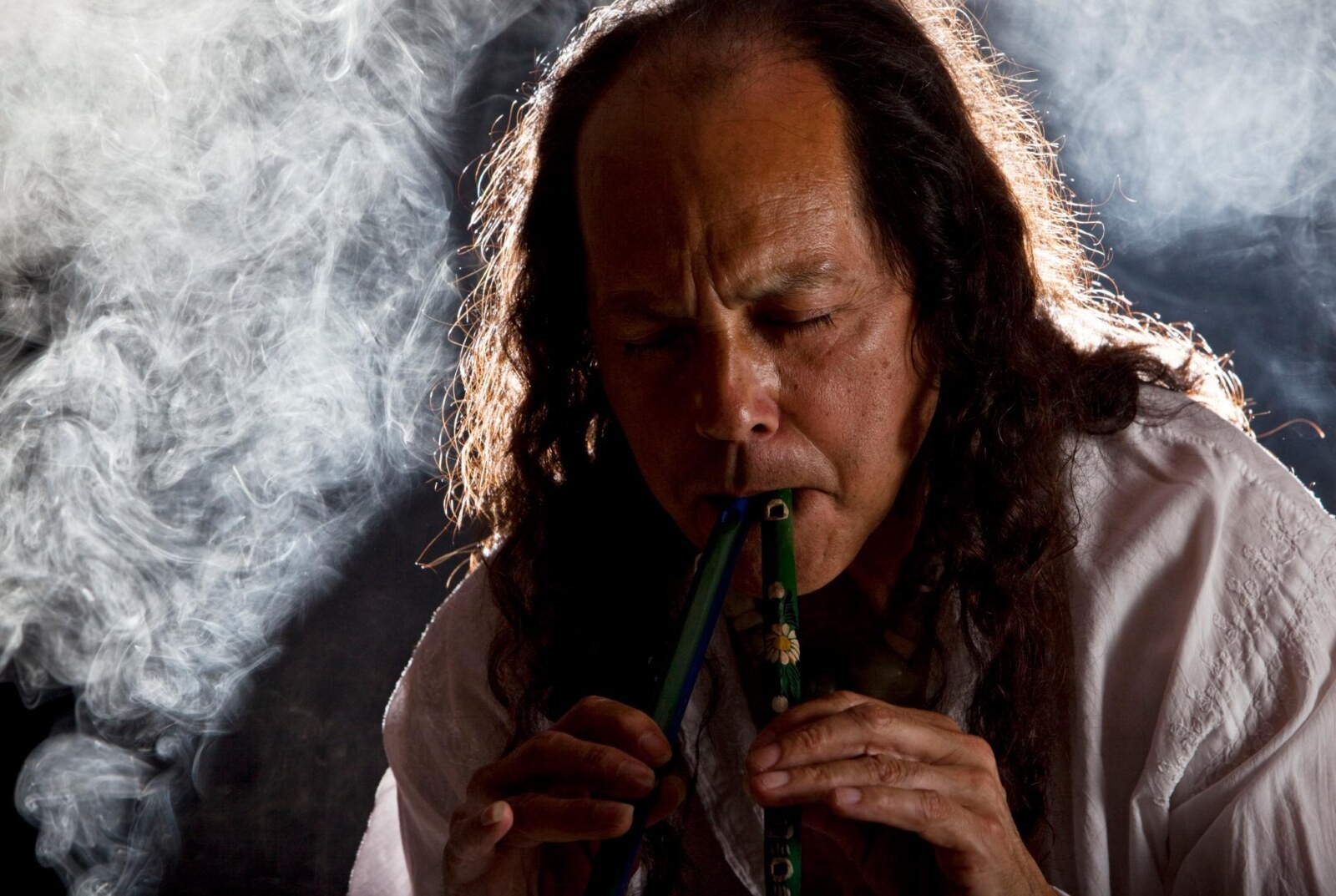 Traditional flutes
Traditional flutes
3. What Drums Are Commonly Used?
Drums, as fundamental instruments, resound deeply within Son La’s diverse ethnic groups, each community treasuring distinct drum types that play pivotal roles in their cultural and spiritual lives. These drums, meticulously fashioned from materials such as wood and animal skin, produce rhythms that symbolize unity, celebration, and the enduring spirit of their traditions.
Drums are central to many important events, from spirited festivals and communal gatherings to solemn religious ceremonies, affirming their critical place in the cultural fabric of Son La. These rhythmic instruments not only enhance social bonds but also mirror the historical narratives, beliefs, and values intrinsic to each group, reinforcing the region’s cultural heritage.
3.1. Types of Drums and Their Characteristics
The ethnic groups of Son La boast a rich array of drums, each characterized by unique construction, sound, and cultural importance.
-
The Trống Chiêng of the Thai People: The Trống Chiêng (Gong Drum) is a signature instrument of the Thai community, distinguished by its large size and resonant sound. Often played during the Xen Muong festival, it accompanies dances and ceremonies, adding an air of grandeur to celebrations. The drum is considered a symbol of community pride and is integral to the cultural identity of the Thai people.
-
The Trống Da of the H’Mong People: The Trống Da (Skin Drum) of the H’Mong is smaller but equally significant. It features a taut animal skin stretched over a wooden frame. The drum’s crisp, rhythmic beats are essential to H’Mong rituals, festivals, and social gatherings, enhancing their vibrancy and energy. It often serves to synchronize dances and provide a rhythmic backdrop for storytelling.
-
The Trống Bè of the Kinh People: The Trống Bè (Line Drum) is a traditional drum of the Kinh, characterized by its elongated shape and the series of interconnected drums that produce varied tones. This instrument provides rhythm and flair to folk music performances, often accompanying Chèo (traditional opera) and other theatrical events. Its complex rhythm is a key part of Kinh artistic expression.
-
The Trống Đôi of the Dao People: The Trống Đôi (Double Drum) is a pair of small drums played together by the Dao people, creating a dynamic and complex rhythmic pattern. These drums are typically used in religious ceremonies and traditional dances, signifying unity and balance. The synchronized beats of the two drums highlight the interconnectedness of life and spirit, central to Dao beliefs.
3.2. How Drums Are Made
Creating traditional drums in Son La reflects the craftsmanship passed down through generations. Local materials, such as wood and animal skin, are meticulously used in a process that emphasizes both skill and cultural respect.
-
Material Selection: The choice of materials is critical for the drum’s sound quality and durability. Wood, often sourced from local forests, is carefully chosen for its density and resonance. Animal skin, typically from buffalo or cow, must be expertly treated to ensure it is taut and produces the desired sound.
-
Construction of the Frame: The drum’s frame is typically constructed from a single piece of wood, which is shaped using hand tools and traditional techniques. The frame’s shape and size depend on the type of drum being made, each designed to achieve a specific tonal quality.
-
Attachment of the Skin: Attaching the animal skin to the frame is a meticulous process. The skin is soaked and stretched tightly over the frame, then secured using pegs, nails, or lacing. The tension of the skin is carefully adjusted to achieve the optimal pitch and resonance.
-
Decoration and Tuning: Once the drum is assembled, it may be decorated with carvings, paintings, or other embellishments that reflect the cultural identity of the maker. Tuning involves fine adjustments to the skin tension, ensuring the drum produces the correct pitch and tone.
3.3. The Cultural Significance of Drums
Drums hold profound cultural significance in Son La, symbolizing more than mere musical instruments. They are essential tools for communication, celebration, and spiritual expression within the communities.
-
Symbol of Unity: Drums often symbolize unity and community spirit. Their rhythmic beats bring people together, synchronizing movements and fostering a sense of shared identity. In festivals and gatherings, the drum’s pulse unites participants, reinforcing communal bonds.
-
Celebration and Festivity: Drums are integral to celebrations and festivities, marking significant events and milestones in the community’s life. Their energetic rhythms enhance the celebratory atmosphere, encouraging dancing, singing, and joyful participation.
-
Spiritual Expression: In many ethnic groups, drums are used in spiritual ceremonies to connect with ancestors, invoke blessings, or ward off evil spirits. The drum’s sound is believed to carry spiritual power, facilitating communication between the human and spirit worlds.
Exploring the drums of Son La offers valuable insight into the cultural heart of Vietnam’s ethnic groups. SIXT.VN provides the services and guidance to help travelers delve into these rich musical traditions, ensuring an enriching and respectful cultural experience.
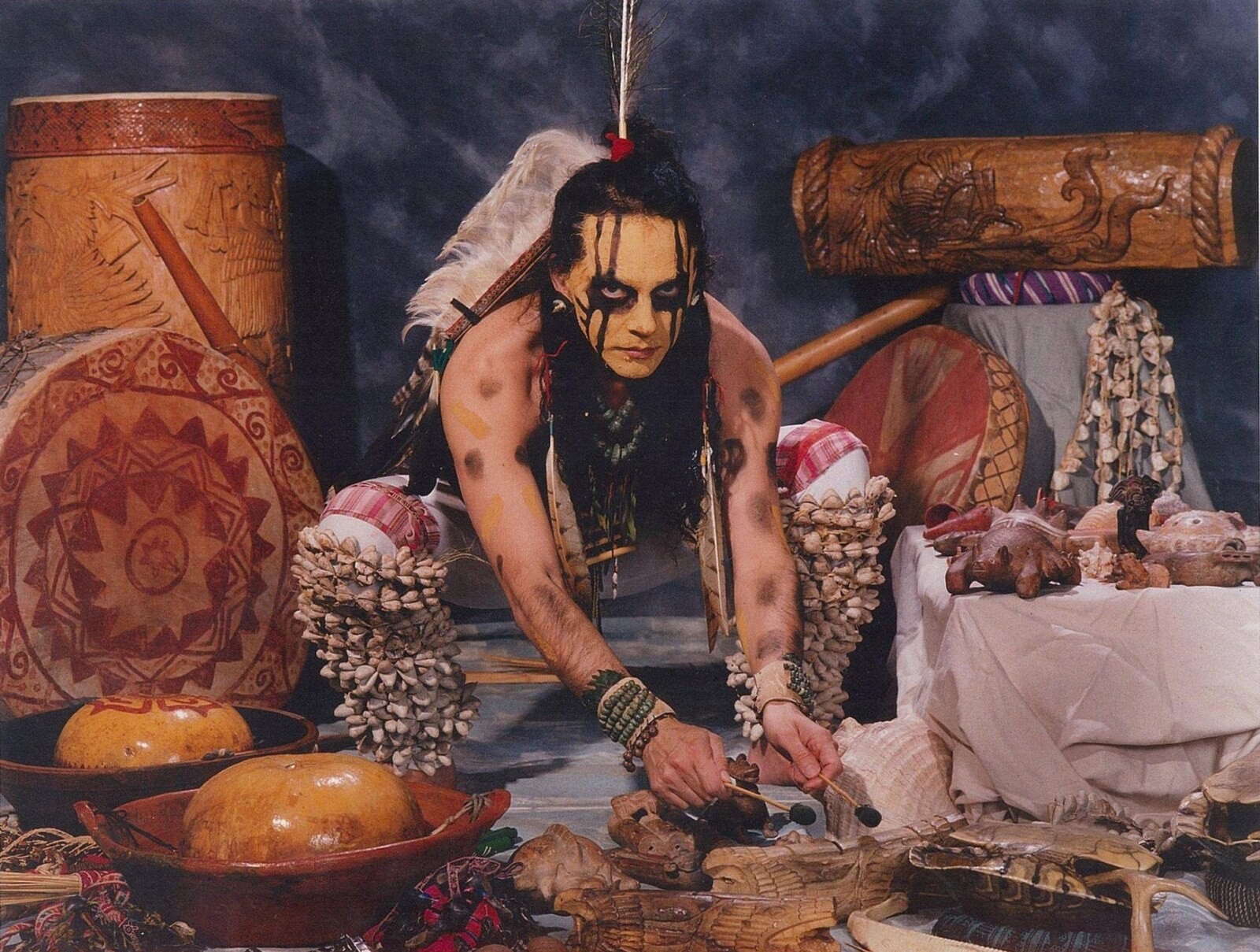 Traditional drum
Traditional drum
4. What Other Musical Instruments Are Used?
Beyond the melodic flutes and rhythmic drums, Son La boasts a rich repertoire of other traditional musical instruments, each contributing uniquely to the cultural soundscape. These instruments, often handcrafted from local materials, reflect the diversity and artistic skill of the region’s ethnic groups.
These instruments serve various purposes, enhancing festivals, religious ceremonies, and communal gatherings, underscoring the profound cultural significance of music in Son La. Appreciating the diversity and functionality of these instruments is crucial to understanding the depth of Son La’s cultural heritage.
4.1. Stringed Instruments
Stringed instruments play a significant role in the musical traditions of Son La, each type offering unique sounds and cultural relevance.
-
The T’rưng of the Central Highlands: Although primarily associated with the Central Highlands, the T’rưng (bamboo xylophone) is also found in some communities in Son La. It consists of bamboo tubes of varying lengths, which are struck with mallets to produce a melodious sound. The T’rưng is often played during festivals and communal events, adding a unique and vibrant texture to the music.
-
The Đàn Tính of the Thai People: The Đàn Tính (lute) is a signature instrument of the Thai people. It features a long neck and a gourd-shaped body, typically strung with two or three strings. The Đàn Tính is played by plucking the strings, producing a warm and resonant sound that is perfect for accompanying songs and dances. It is often featured in love songs and storytelling performances.
-
The K’ni of the H’Mong People: The K’ni (bowed string instrument) is a traditional instrument of the H’Mong, featuring a single string that is bowed with a horsehair bow. It produces a haunting and melancholic sound, often used to express emotions and tell stories. The K’ni is particularly important in H’Mong courtship rituals and funeral ceremonies.
4.2. Wind Instruments
In addition to flutes, Son La’s musical landscape includes other captivating wind instruments, each providing distinct sounds and cultural significance.
-
The Khèn of the H’Mong People: The Khèn is a bamboo mouth organ and wind instrument central to H’Mong cultural life. It consists of several bamboo pipes inserted into a gourd, with each pipe producing a different note when blown. The Khèn is used in a variety of contexts, including New Year celebrations, courtship rituals, and funeral ceremonies. It is not only a musical instrument but also a symbol of H’Mong identity and cultural pride.
-
The Pí Lè of the Thai People: The Pí Lè (oboe) is a double-reed wind instrument used by the Thai people. It produces a piercing and vibrant sound, often played during festivals and ceremonial events. The Pí Lè is typically played in ensembles with other instruments, such as drums and gongs, creating a rich and dynamic musical texture.
-
The Sáo Mèo of the H’Mong People: The Sáo Mèo (H’Mong flute) is a transverse flute made from bamboo, known for its bright and cheerful sound. It is used in various social contexts, including festivals, markets, and courtship rituals. The Sáo Mèo is a popular instrument among young people and is often played to attract potential partners.
4.3. Percussion Instruments
Alongside drums, diverse percussion instruments enrich Son La’s musical landscape, each bringing distinctive rhythms and cultural relevance.
-
Gongs: Gongs are essential percussion instruments found across various ethnic groups in Son La. Made of metal and struck with a mallet, they produce resonant tones utilized in ceremonies, festivals, and communal gatherings. Gongs symbolize prestige and communal harmony.
-
Clappers: Clappers, often made from bamboo or wood, are used to create rhythmic sounds in Son La’s music. These instruments are particularly common in folk performances and storytelling events, where they provide a lively and engaging accompaniment. Clappers add texture and depth to the musical narrative.
-
Rattles: Rattles, crafted from materials like gourds or bamboo and filled with seeds or pebbles, add a unique percussive element to Son La’s music. They are often used in rituals and ceremonies to invoke spirits and bring blessings, symbolizing renewal and abundance.
Exploring Son La’s diverse array of musical instruments offers profound insight into Vietnam’s cultural heritage. SIXT.VN enhances this exploration by providing travelers with services and information to appreciate the richness and complexity of the region’s musical traditions.
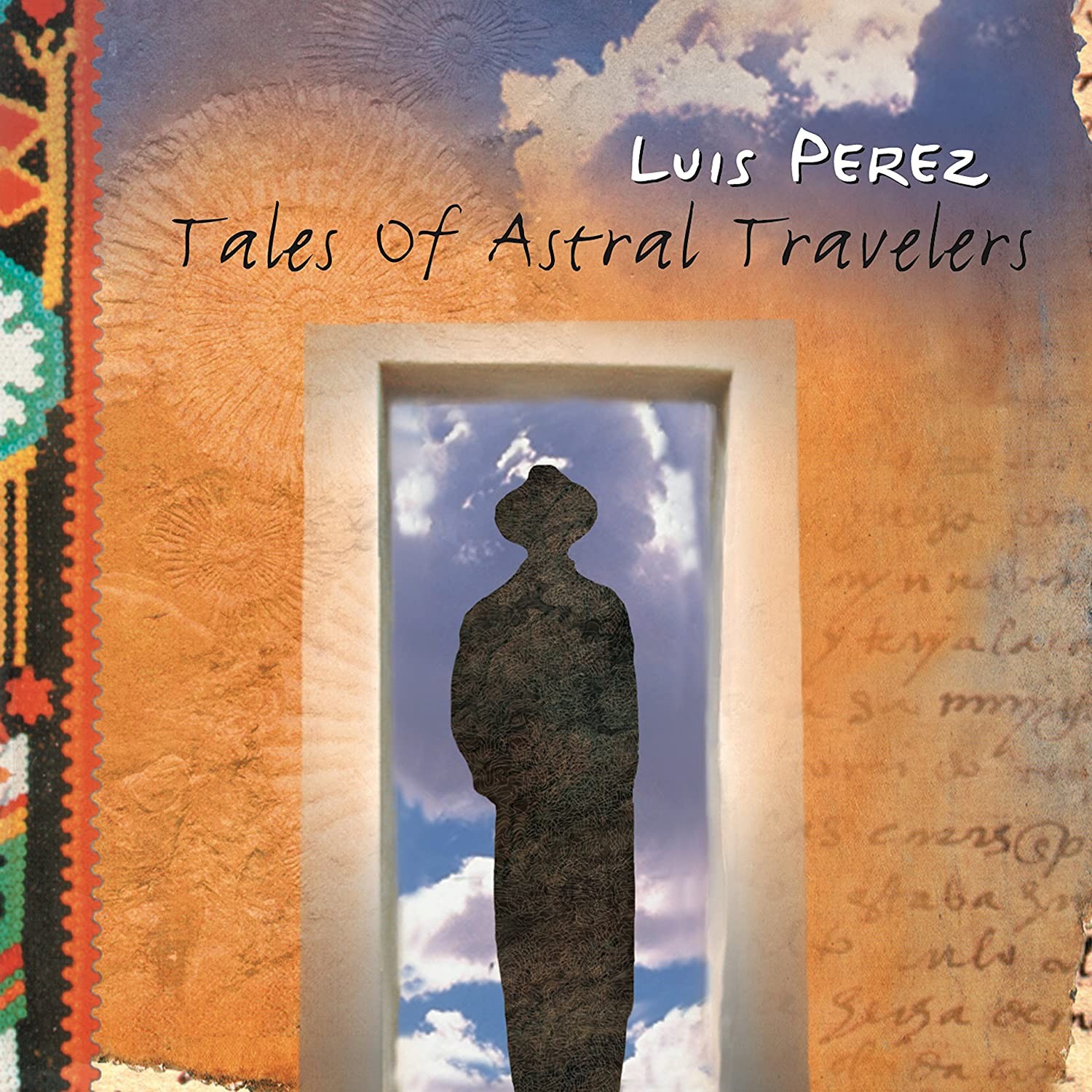 Various instruments
Various instruments
5. Where Can You Experience Traditional Music in Son La?
To truly immerse yourself in the traditional music of Son La, several venues and opportunities are available for experiencing these captivating sounds firsthand. Whether through organized tours, cultural festivals, or spontaneous village encounters, the region provides rich and authentic musical experiences.
SIXT.VN provides convenient services and local insights to help you explore these opportunities, ensuring an enriching and respectful cultural immersion. The province is a hub of cultural activities and performances, which offer unique and memorable experiences for visitors.
5.1. Cultural Festivals and Events
Attending cultural festivals and events is an excellent way to experience the traditional music of Son La. These events often feature performances by local musicians and dancers, showcasing the diverse musical traditions of the region’s ethnic groups.
-
Xen Muong Festival: The Xen Muong festival of the Thai people is one of the most significant cultural events in Son La. It features elaborate musical performances, traditional dances, and communal activities, providing a vibrant and immersive cultural experience. The festival typically takes place in the spring and is a celebration of community, tradition, and the natural world.
-
H’Mong New Year (Tết Nào Pê Tâu): The H’Mong New Year is a vibrant celebration that includes traditional music, dance, and games. The Khèn plays a central role in the festivities, with skilled musicians performing lively tunes that encourage dancing and merriment. The New Year celebration is a time for family reunions, honoring ancestors, and expressing hopes for a prosperous year.
-
Traditional Market Days: Visiting local markets in Son La can also offer spontaneous opportunities to experience traditional music. Musicians often perform at market days, providing entertainment and creating a festive atmosphere. These performances offer an authentic glimpse into the everyday musical traditions of the local communities.
5.2. Organized Tours and Cultural Programs
Several tour operators and cultural organizations offer organized tours and programs that focus on the traditional music of Son La. These tours often include visits to local villages, meetings with musicians and artisans, and opportunities to participate in musical performances and workshops.
-
Homestays: Opting for a homestay in a local village can provide immersive experiences in traditional music. Many families are happy to share their musical traditions with guests, offering informal performances and lessons. Homestays also support local communities and promote cultural preservation.
-
Cultural Centers: Visiting cultural centers and museums in Son La offers a structured approach to learning about the region’s musical heritage. These centers often host exhibitions, workshops, and performances that highlight traditional instruments and musical styles. They provide valuable context and insights into the cultural significance of the music.
-
Guided Tours: Booking a guided tour with a local expert can enhance your understanding and appreciation of Son La’s traditional music. Guides can provide valuable information about the history, instruments, and cultural context of the music, as well as arrange meetings with local musicians and artisans.
5.3. Local Villages and Communities
The most authentic way to experience the traditional music of Son La is to visit local villages and communities. This allows you to witness the music in its natural setting, as it is performed by the people who have preserved and cherished it for generations.
-
Engage Respectfully: When visiting local villages, it is important to engage respectfully and show genuine interest in the local culture. Ask permission before taking photos or recording videos, and be mindful of local customs and traditions.
-
Support Local Musicians: Supporting local musicians and artisans is an excellent way to contribute to the preservation of traditional music. Purchase handmade instruments or attend local performances, and offer your appreciation for their talent and dedication.
-
Learn a Few Phrases: Learning a few basic phrases in the local language can help you connect with the community and show your respect for their culture. Even simple greetings and expressions of gratitude can go a long way in building relationships and fostering cultural exchange.
With SIXT.VN’s convenient services and expert local insights, experiencing Son La’s traditional music has never been easier. From attending vibrant cultural festivals to visiting local villages, the region offers countless opportunities for immersing yourself in its rich and captivating soundscape.
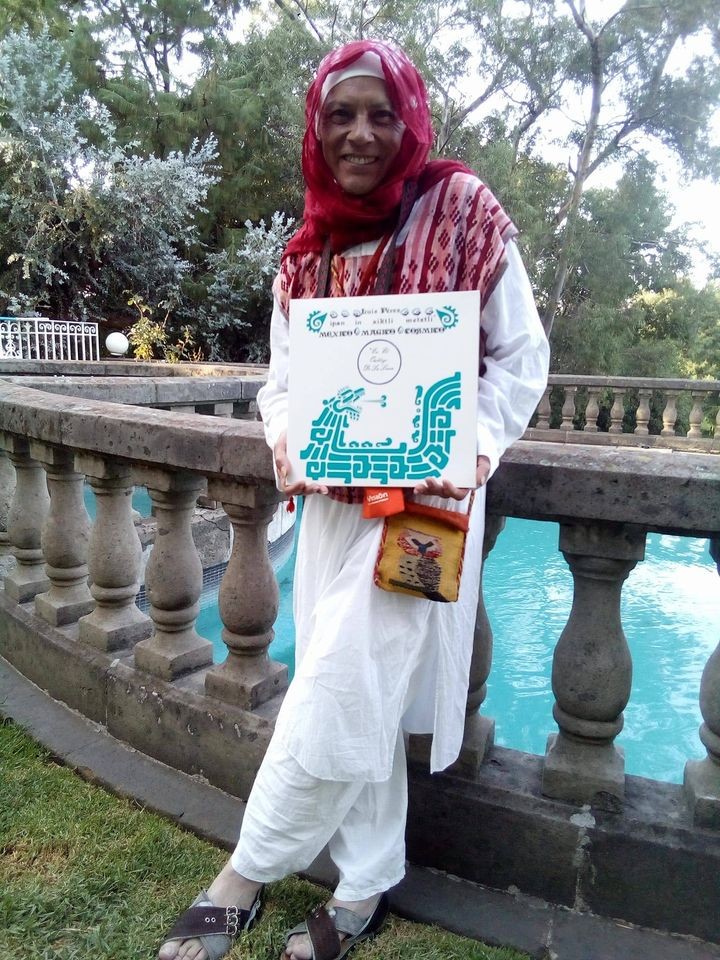 Local Performance
Local Performance
6. What Challenges Do Local Musicians Face?
Despite the rich cultural heritage of Son La’s traditional music, local musicians face numerous challenges that threaten the preservation and transmission of their art. These challenges range from economic hardships and lack of resources to the influence of modernization and cultural appropriation.
SIXT.VN is committed to supporting the preservation of traditional music by raising awareness of these challenges and promoting sustainable tourism practices that benefit local communities. By understanding the obstacles these musicians face, travelers can engage more respectfully and contribute to the safeguarding of this invaluable cultural heritage.
6.1. Economic Hardships and Lack of Resources
One of the primary challenges faced by local musicians in Son La is economic hardship and lack of resources. Many musicians struggle to make a living from their art, as traditional music is often undervalued and underpaid.
-
Limited Income Opportunities: Traditional musicians often have limited income opportunities, particularly in rural areas where there are few venues or events that feature their music. They may rely on sporadic performances at festivals, ceremonies, or local markets, which provide an inconsistent and insufficient income.
-
Lack of Funding and Support: Traditional music often receives limited funding and support from government agencies and cultural organizations. This lack of financial assistance makes it difficult for musicians to invest in their craft, such as purchasing instruments, receiving training, or promoting their music.
-
Poverty and Migration: Economic hardship can lead to poverty and migration, as young people leave their villages in search of better opportunities in urban areas. This can result in a loss of cultural knowledge and skills, as fewer young people are learning traditional music.
6.2. Influence of Modernization and Cultural Appropriation
The influence of modernization and cultural appropriation also poses significant challenges to the preservation of traditional music in Son La. As the region becomes more connected to the outside world, traditional music is increasingly threatened by Western influences and commercialization.
-
Westernization and Commercialization: The spread of Western music and popular culture can lead to a decline in interest in traditional music, particularly among young people. Commercialization of traditional music can also result in cultural appropriation, as outside artists and companies profit from the music without respecting its cultural context or compensating the original creators.
-
Loss of Cultural Knowledge: Modernization can lead to a loss of cultural knowledge and skills, as traditional practices are abandoned in favor of modern alternatives. This can result in a decline in the quality and authenticity of traditional music, as fewer people have the knowledge and skills to perform it properly.
-
Lack of Preservation Efforts: Insufficient preservation efforts can exacerbate the challenges posed by modernization and cultural appropriation. Without proactive measures to document, promote, and support traditional music, it risks fading into obscurity.
6.3. Lack of Formal Training and Education
Another challenge faced by local musicians in Son La is the lack of formal training and education opportunities. Traditional music is often passed down orally from generation to generation, but this informal system of learning can be insufficient to preserve the music in its entirety.
-
Limited Access to Education: Many musicians in Son La have limited access to formal music education, particularly in rural areas. This can hinder their ability to develop their skills and knowledge, as well as their ability to adapt to changing musical landscapes.
-
Lack of Documentation: Traditional music is often poorly documented, with few written scores or recordings available. This lack of documentation makes it difficult to preserve the music for future generations, as well as to promote it to a wider audience.
-
Loss of Master Musicians: As master musicians pass away without transmitting their knowledge to younger generations, valuable musical traditions can be lost. This underscores the importance of documenting and preserving the knowledge and skills of these master musicians.
By acknowledging these challenges, SIXT.VN aims to foster respectful and sustainable tourism that supports local musicians and promotes the preservation of Son La’s invaluable cultural heritage. Travelers can play a vital role in ensuring that traditional music continues to thrive for generations to come.
 Local musicians
Local musicians
7. What Efforts Are Being Made to Preserve Traditional Music?
Recognizing the challenges faced by local musicians and the importance of preserving traditional music, various efforts are underway in Son La to safeguard this invaluable cultural heritage. These efforts involve local communities, government agencies, cultural organizations, and international partners, each contributing uniquely to the cause.
SIXT.VN actively supports these preservation efforts by promoting sustainable tourism practices and raising awareness of the importance of cultural preservation. Understanding these initiatives can empower travelers to engage more respectfully and contribute to the safeguarding of traditional music.
7.1. Community-Based Initiatives
Community-based initiatives are crucial for preserving traditional music, as they empower local communities to take ownership of their cultural heritage and transmit it to future generations.
-
Cultural Preservation Groups: Many villages in Son La have established cultural preservation groups, which work to document, promote, and perform traditional music. These groups often organize workshops, performances, and festivals, providing opportunities for young people to learn and appreciate their musical heritage.
-
Master-Apprentice Programs: Master-apprentice programs pair young musicians with master musicians, allowing them to learn traditional skills and knowledge through hands-on training. These programs are vital for transmitting musical traditions from one generation to the next, ensuring that they are preserved in their entirety.
-
Oral History Projects: Oral history projects involve interviewing master musicians and community elders, documenting their memories, stories, and musical knowledge. These projects provide valuable insights into the history and cultural context of traditional music, as well as preserve it for future generations.
7.2. Government and Organizational Support
Government agencies and cultural organizations play a crucial role in supporting the preservation of traditional music in Son La. Their efforts often involve funding, training, and promotion initiatives.
-
Funding and Grants: Government agencies and cultural organizations provide funding and grants to support traditional musicians, cultural preservation groups, and community-based initiatives. This financial assistance can help musicians purchase instruments, receive training, organize performances, and document their music.
-
Training and Education Programs: Training and education programs offer opportunities for musicians to develop their skills and knowledge, as well as to learn about music theory, composition, and performance techniques. These programs can help musicians adapt to changing musical landscapes while preserving their cultural heritage.
-
Promotion and Documentation: Government agencies and cultural organizations promote traditional music through festivals, concerts, recordings, and publications. They also work to document traditional music through written scores, audio recordings, and video recordings, ensuring that it is preserved for future generations.
7.3. Sustainable Tourism and Cultural Exchange
Sustainable tourism and cultural exchange can also contribute to the preservation of traditional music, by providing economic opportunities for local musicians and promoting cultural understanding.
-
Eco-Tourism: Eco-tourism initiatives can provide income opportunities for local musicians, by featuring their music in eco-tourism activities such as village tours, homestays, and cultural performances. This can help musicians make a living from their art while promoting cultural preservation.
-
Cultural Exchange Programs: Cultural exchange programs can bring musicians from different countries together to share their music and learn from each other. These programs can foster cultural understanding, promote creativity, and inspire new approaches to preserving traditional music.
-
Respectful Engagement: Travelers can contribute to the preservation of traditional music by engaging respectfully with local communities and showing genuine interest in their culture. Ask permission before taking photos or recording videos, and be mindful of local customs and traditions.
By supporting these preservation efforts, travelers can play a vital role in ensuring that the traditional music of Son La continues to thrive for generations to come. SIXT.VN is committed to promoting sustainable tourism practices that benefit local communities and preserve their invaluable cultural heritage.
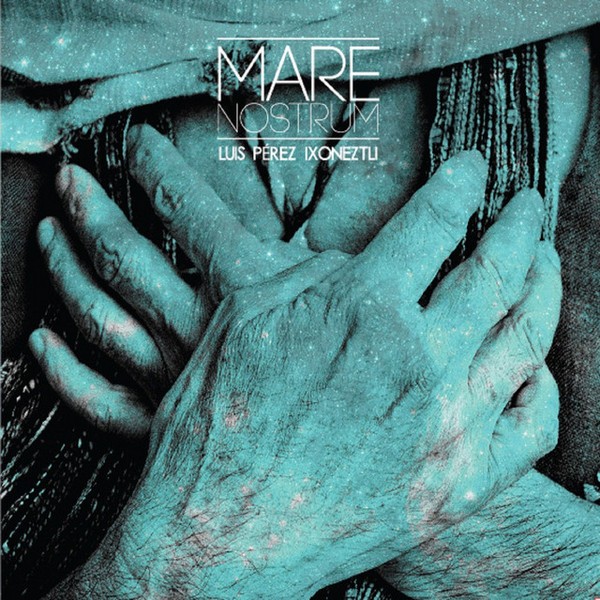 Preservation efforts
Preservation efforts
8. What Role Can Travelers Play in Supporting Traditional Music?
Travelers have a significant role in supporting the traditional music of Son La, playing an active part in preserving and promoting this cultural heritage. By adopting mindful travel habits and engaging respectfully with local communities, visitors can contribute to the sustainability of traditional music and its cultural significance.
SIXT.VN encourages travelers to engage in responsible tourism practices that benefit local musicians and promote cultural preservation. Small actions and thoughtful choices can make a big difference in sustaining the traditional arts for future generations.
8.1. Engaging Respectfully with Local Communities
One of the most impactful ways travelers can support traditional music is by engaging respectfully with local communities. Genuine interest and respect can foster positive interactions and contribute to the preservation of cultural traditions.
-
Learn About Local Customs: Before traveling, research local customs, traditions, and etiquette. This preparation ensures interactions are respectful and considerate, helping avoid unintentional offenses.
-
Seek Permission: Always ask for permission before taking photos or recording videos of local musicians or performances. Respect their wishes if they decline, and understand that some performances may be sacred or private.
-
Be Mindful of Sacred Spaces: If visiting temples, shrines, or other sacred spaces where music may be performed, dress modestly and follow any guidelines or restrictions. Show reverence for the cultural and spiritual significance of these sites.
8.2. Attending Performances and Purchasing Local Instruments
Attending local music performances and purchasing instruments directly from artisans is another meaningful way travelers can support traditional music. These actions provide direct economic benefits to musicians and craftspeople.
-
Attend Local Concerts and Festivals: Seek out opportunities to attend traditional music concerts, festivals, and cultural events. Your presence and appreciation encourage local musicians to continue their craft.
-
Purchase Local Instruments: Buying traditional musical instruments or handicrafts directly from local artisans supports their livelihoods and preserves traditional skills. Look for authentic, handmade items that represent the region’s cultural heritage.
-
Tip Generously: When attending performances or purchasing items, tip generously to show your appreciation and support the musicians and artisans. Even small amounts can make a significant difference.
8.3. Promoting Sustainable Tourism Practices
Supporting sustainable tourism practices helps ensure that tourism benefits local communities and minimizes negative impacts on the environment and culture.
-
Choose Eco-Friendly Accommodations: Opt for eco-friendly accommodations that prioritize sustainability and support local communities. These establishments often employ local staff, use local products, and promote cultural preservation.
-
Support Local Businesses: Patronize local restaurants, shops, and tour operators that are committed to sustainable practices. This helps distribute tourism revenue more equitably and supports the local economy.
-
Respect the Environment: Practice responsible travel habits, such as reducing waste, conserving water, and avoiding single-use plastics. Respect the natural environment and follow Leave No Trace principles to minimize your impact.
By adopting these responsible tourism practices, travelers can become stewards of cultural preservation, helping ensure that the traditional music of Son La continues to resonate for generations to come. With SIXT.VN’s convenient services and expert guidance, contributing to cultural preservation has never been easier or more rewarding.
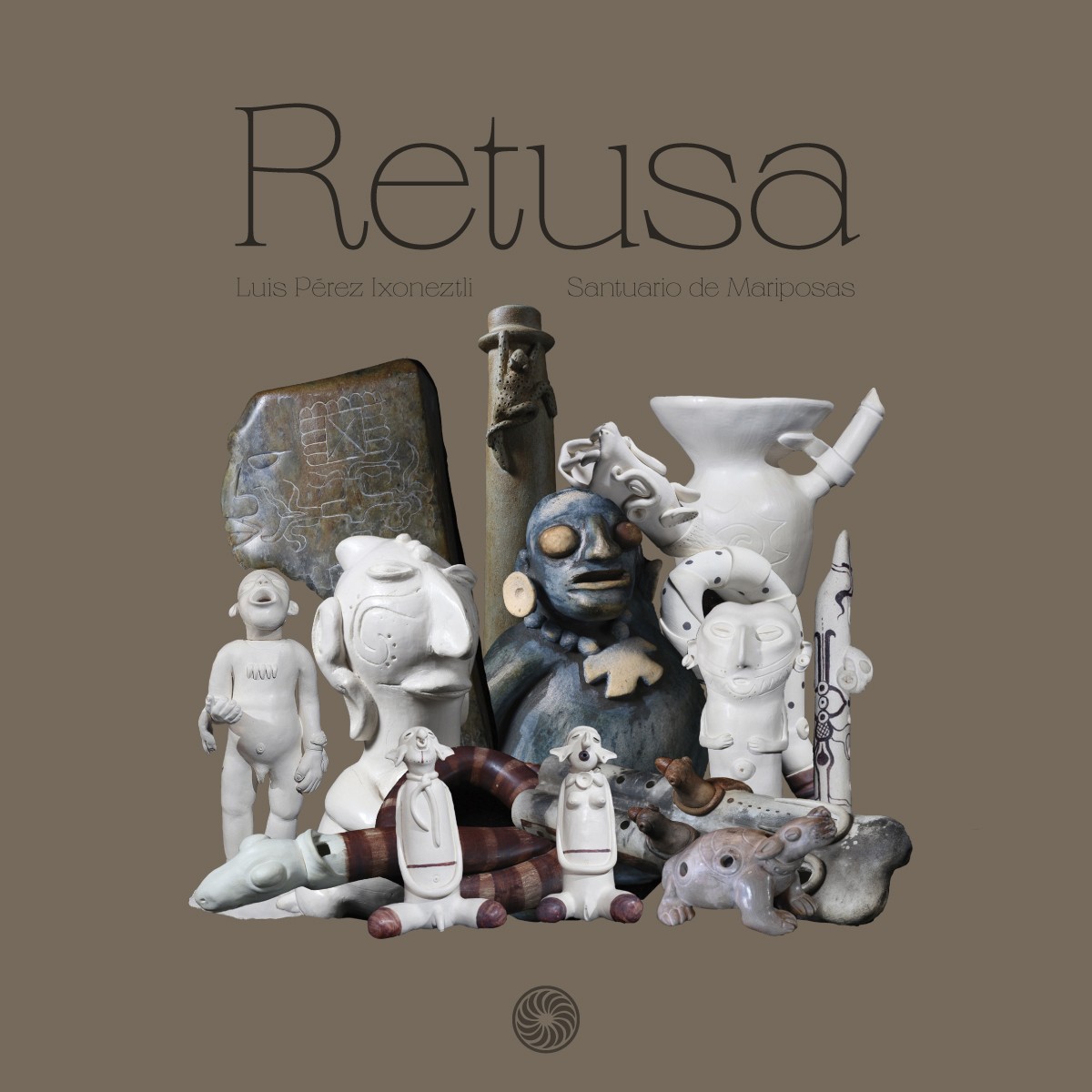 Traveler support
Traveler support
9. Planning Your Trip to Son La: Key Considerations
Planning a trip to Son La to experience its traditional music requires thoughtful preparation and attention to detail. From understanding the best time to visit and navigating transportation to arranging accommodations and securing necessary permits, careful planning ensures a smooth and enriching cultural immersion.
SIXT.VN offers a range of services to assist travelers in planning their trip to Son La, providing convenient solutions and expert guidance to enhance their experience. A well-prepared trip ensures travelers can fully appreciate the region’s rich musical traditions while respecting its cultural heritage.
9.1. Best Time to Visit and Local Transportation
Choosing the best time to visit and understanding local transportation options are key considerations for planning a trip to Son La.
-
Best Time to Visit: The best time to visit Son La is during the dry season, which typically runs from October to April. The weather is pleasant, with clear skies and comfortable temperatures, making it ideal for exploring the region’s natural beauty and attending cultural events.
-
Transportation Options: Transportation options in Son La include buses, taxis, and motorbikes. Buses are the most affordable option for traveling between major towns, while taxis and motorbikes offer more flexibility for exploring rural areas.
-
SIXT.VN Services: SIX



